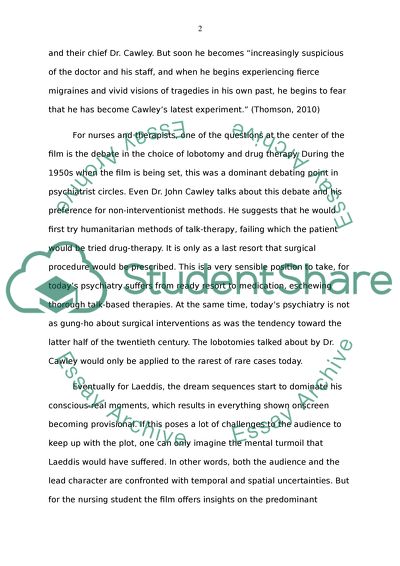Cite this document
(“Shutter Island Movie Review Example | Topics and Well Written Essays - 1250 words”, n.d.)
Retrieved from https://studentshare.org/nursing/1651845-shutter-island
Retrieved from https://studentshare.org/nursing/1651845-shutter-island
(Shutter Island Movie Review Example | Topics and Well Written Essays - 1250 Words)
https://studentshare.org/nursing/1651845-shutter-island.
https://studentshare.org/nursing/1651845-shutter-island.
“Shutter Island Movie Review Example | Topics and Well Written Essays - 1250 Words”, n.d. https://studentshare.org/nursing/1651845-shutter-island.


